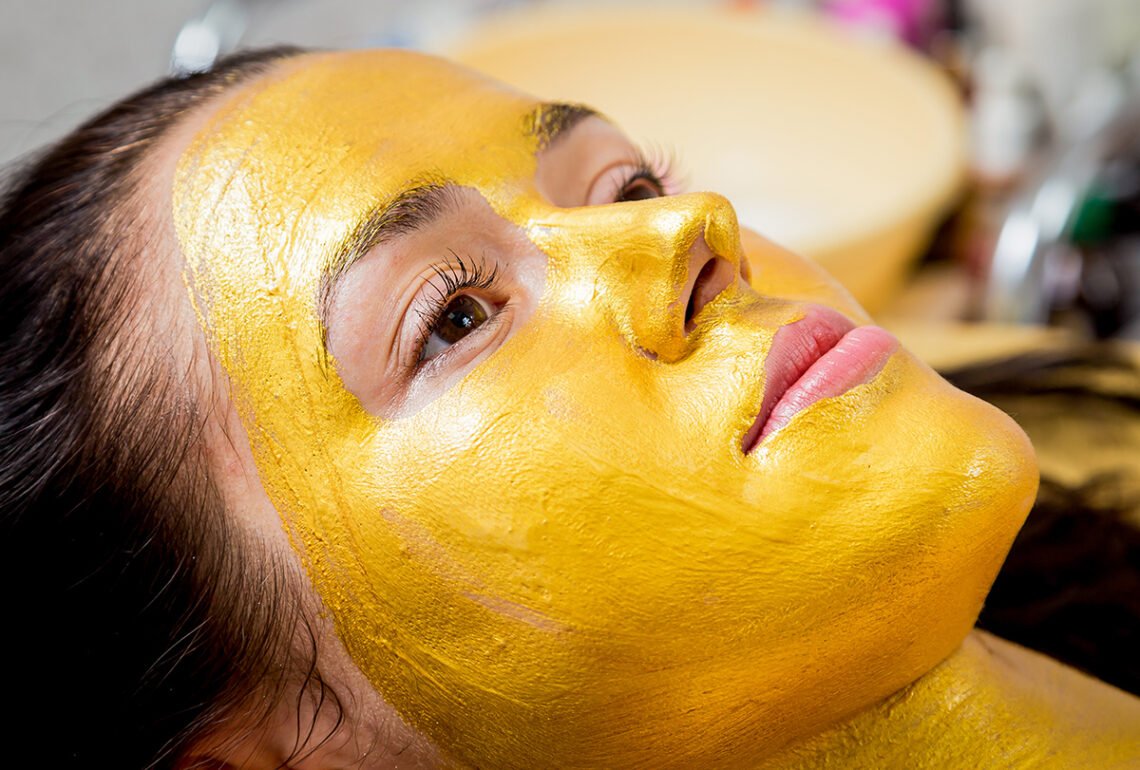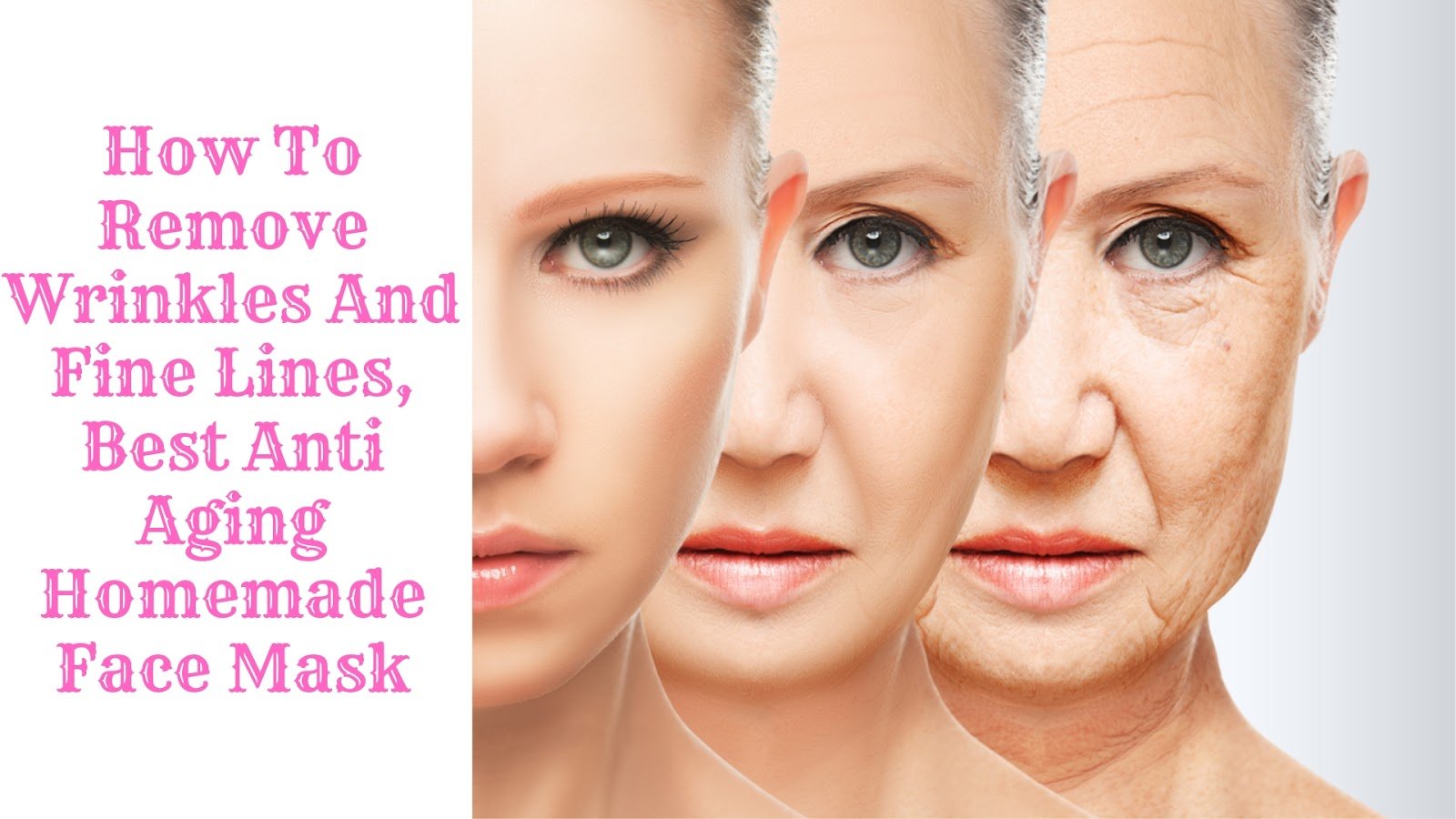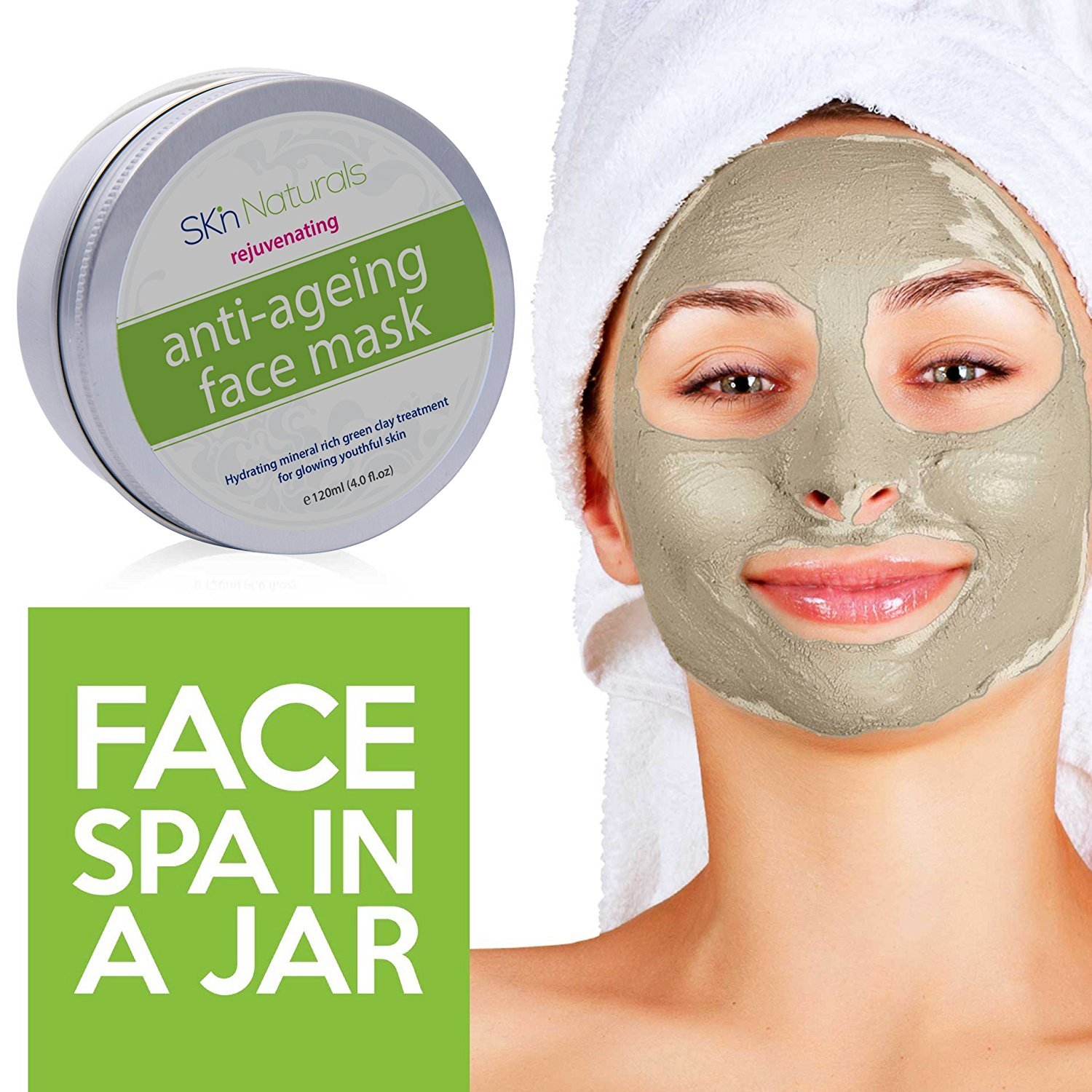Embark on a transformative skincare journey with our comprehensive guide to DIY face masks for wrinkles. Specially crafted for those seeking to rejuvenate their skin and achieve a luminous, youthful complexion, these homemade remedies harness the power of nature to defy the signs of aging. Join us as we delve into the world of DIY face masks, empowering you with the knowledge and tools to create effective solutions for your unique skin concerns.
Key Takeaways:
- DIY face masks for wrinkles can effectively reduce signs of aging.
- Natural ingredients like yogurt, honey, clay, and egg white are commonly used in these masks.
- Specific mask recipes include:
- Yogurt and bentonite clay
- Honey, lavender oil, and clay powder
- Egg white, honey, and tea tree oil
- Banana, curd, and honey
- Buttermilk, oatmeal, and olive oil
Face Mask for Wrinkles Homemade: Natural Remedies for Youthful Skin

Homemade face masks for wrinkles harness the power of nature’s ingredients to combat the signs of aging and enhance skin elasticity. These masks are simple to prepare and offer a cost-effective way to achieve a radiant, youthful complexion.
Benefits of Homemade Face Masks for Wrinkles
- Utilize natural ingredients that are gentle on the skin
- Provide deep hydration and nourishment
- Reduce the appearance of fine lines and wrinkles
- Improve skin elasticity and firmness
- Boost collagen production
Ingredients to Consider
- Yogurt: Lactic acid gently exfoliates, while nutrients moisturize
- Honey: Antibacterial and anti-inflammatory properties promote healing
- Clay powder: Absorbs excess oil and impurities
- Egg white: Rich in protein to tighten skin
- Avocado: Hydrating and nourishing, rich in vitamins and minerals
Popular Homemade Face Mask Recipes
- Yogurt and Bentonite Clay Mask: Mix 2 tbsp yogurt with 1 tbsp bentonite clay. Apply to face for 15-20 minutes, then rinse.
- Honey, Lavender Oil, and Clay Powder Mask: Combine 1 tbsp honey with 2 drops lavender oil and 1 tbsp clay powder. Apply for 20 minutes, then rinse.
- Egg White, Honey, and Tea Tree Oil Mask: Whisk 1 egg white with 1 tbsp honey and 2 drops tea tree oil. Apply for 15 minutes, then rinse.
- Banana, Curd, and Honey Mask: Mash 1/2 ripe banana with 1 tbsp curd and 1 tbsp honey. Apply for 20 minutes, then rinse.
- Buttermilk, Oatmeal, and Olive Oil Mask: Combine 1 tbsp buttermilk, 1 tbsp oatmeal, and 1/2 tbsp olive oil. Apply for 15-20 minutes, then rinse.
Tips for Use
- Choose ingredients suitable for your skin type.
- Perform a patch test before applying any mask to avoid allergic reactions.
- Apply masks to clean skin and leave on for the recommended time.
- Rinse thoroughly with lukewarm water.
- Use homemade masks 1-2 times per week for optimal results.
With regular use, homemade face masks for wrinkles can effectively reduce the appearance of fine lines, improve skin elasticity, and promote a youthful, radiant complexion. Embrace the power of natural ingredients and enjoy the benefits of a homemade skincare regimen.
Seeking to revitalize your complexion? Discover an array of effective face detox at home remedies to purge impurities and restore radiance to your skin.
If dryness plagues your skin, quench its thirst with a rejuvenating face mask for dry skin at home.
Preparation and Application Techniques

Get ready to elevate your homemade face mask game with these expert preparation and application techniques. By following these simple steps, you’ll maximize the effectiveness of your DIY wrinkle remedies and unveil a radiant complexion.
Key Takeaways:
- Choose ingredients tailored to your skin type.
- Patch test to avoid potential allergies.
- Apply to cleansed skin, following suggested durations.
- Rinse thoroughly with lukewarm water.
- Limit usage to 1-2 times weekly for optimal results.
Preparation Techniques:
- Select Wisely: Consider your skin concerns and choose ingredients known for their beneficial properties. For instance, avocados nourish dry skin, while honey soothes redness.
- Avoid Reactions: Always perform a patch test on a small area of skin to rule out allergic reactions.
- Fresh is Best: Opt for fresh ingredients that haven’t been sitting in your fridge for ages. They’ll deliver maximum benefits.
Application Techniques:
- Clean Canvas: Start with a clean face to enhance absorption and prevent dirt from seeping into your pores.
- Mask On: Apply the mask evenly to your face, avoiding the delicate eye area.
- Relax and Enjoy: Take this time to unwind and let the mask work its magic for the recommended duration.
- Gentle Removal: Rinse the mask off with lukewarm water and pat your face dry with a soft towel.
Remember these techniques and watch your homemade face masks transform into wrinkle-fighting elixirs that bring out your skin’s youthful glow.
Citations:
- DIY Face Masks for Wrinkles: Degrees of Vanity
- Homemade Wrinkle Removal Face Mask – Consumer Health Digest
Frequency and Duration of Use
Key Takeaways:
- Frequency of use: Varies based on the mask and skin type; generally recommended 1-2 times per week.
- Duration of use: Most masks should be left on for 10-15 minutes, but some may require longer or shorter durations.
- Each mask’s recommended Frequency and Duration of Use should be strictly followed.
- If experiencing discomfort or irritation, remove the mask immediately and rinse with water.
How to Use:
- Cleanse your face before applying a face mask.
- Apply a thin, even layer of the mask to your face, avoiding the eyes and lips.
- Leave the mask on for the recommended amount of time, as indicated on the recipe or product.
- Rinse your face thoroughly with lukewarm water and pat dry.
Tips:
- Do a patch test on a small area of your skin before using a new mask to check for any allergic reactions.
- If you have sensitive skin, use masks less frequently and for shorter durations.
- Avoid using harsh or abrasive masks on acne-prone skin.
- Follow up with a moisturizer after using a face mask to hydrate your skin.
Citation:
- Frequency of Use for Homemade Face Masks – The Health Site
- How to Use Homemade Face Masks Correctly – Fabbon
Benefits and Precautions of DIY Face Masks for Wrinkles
Hey skincare lovers! Let’s dive into the world of DIY face masks for wrinkles. We’ll uncover their benefits, precautions, and how to use them effectively.
Key Takeaways:
- DIY face masks can hydrate, reduce wrinkles, and boost collagen production.
- Choose gentle ingredients suitable for your skin type.
- Patch test before applying to avoid irritation.
- Use face masks once or twice a week to prevent over-drying.
Benefits of DIY Face Masks:
- Hydration: Soothe and plump up wrinkles with masks rich in water-based ingredients.
- Antioxidant boost: Combat free radical damage that causes premature aging.
- Collagen boost: Encourage collagen production to improve skin elasticity and firmness.
Precautions:
- Skin irritation: Some ingredients may cause redness, swelling, or itching. Always patch test first.
- Allergic reactions: Be aware of potential allergens and discontinue use if any reaction occurs.
- Overuse: Excessive use can strip the skin of natural oils, leading to dryness.
Sources:
- Degrees of Vanity: Homemade Face Mask for Wrinkles
- Consumer Health Digest: Homemade Wrinkle Removal Face Mask
FAQ
Q1: Can homemade face masks for wrinkles be effective?
A1: Yes, homemade face masks for wrinkles can be effective in reducing the appearance of wrinkles and promoting youthful-looking skin when used regularly.
Q2: What are some of the most effective ingredients to look for in homemade face masks for wrinkles?
A2: Effective ingredients to look for in homemade face masks for wrinkles include antioxidants, hydrating agents, and collagen-stimulating components such as aloe vera, honey, avocado, and egg whites.
Q3: How often should I use homemade face masks for wrinkles?
A3: The frequency of use depends on the specific mask and your skin type. It is generally recommended to use homemade face masks for wrinkles once or twice a week for optimal results.
Q4: Can homemade face masks for wrinkles cause side effects?
A4: Some homemade face masks may cause skin irritation or allergic reactions in individuals with sensitive skin. It is important to test the mask on a small area of skin before applying it to your entire face.
Q5: What precautions should I take when using homemade face masks for wrinkles?
A5: Precautions to take when using homemade face masks for wrinkles include avoiding overuse, using gentle ingredients, and seeking professional advice if you have any underlying skin concerns.
- Grass Forever in Livermore: Your Guide to Artificial Turf - April 22, 2025
- German Roaches vs. American Roaches: Key Differences and Control - April 22, 2025
- 150+ Flowers That Start With S: A Comprehensive Guide - April 22, 2025










